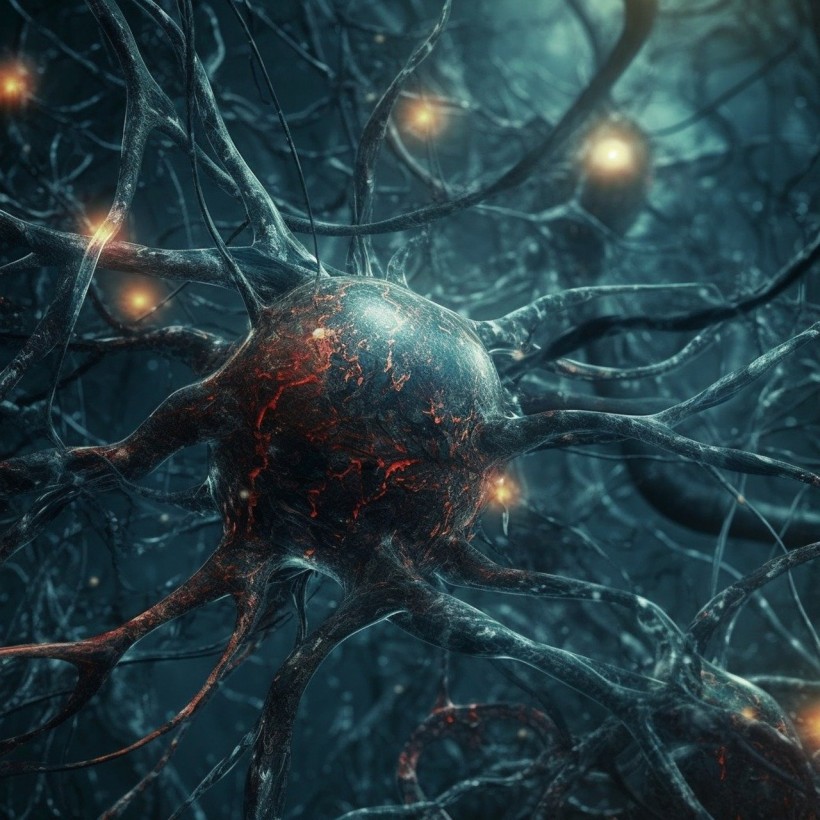Witnessing someone with epilepsy having a seizure can be frightening, but most seizures aren't emergencies and resolve on their own.
Knowing basic first aid is essential to protect the person during a seizure, and recognizing when to call 911 is crucial. Approximately 1 in 26 people develop epilepsy, and understanding the triggers for seizures is vital for effective response.

What Does a Seizure Look Like? Here's How To Recognize and Respond to Epileptic Episodes
Recognizing Seizures: From Subtle Sensations to Full-Body Convulsions
Seizures are a result of abnormal electrical activity in the brain, leading to bursts of disruption in normal functioning and inducing hyperactivity in the corresponding body part. For example, if the seizure originates from the brain area responsible for arm movement, that arm may undergo involuntary hyperactivity.
The manifestation of seizures varies among individuals; for some, it is an internal sensation, that appears inconspicuous to an untrained observer. Many individuals with epilepsy initially experience relatively subtle, nonconvulsive seizures before developing convulsions over time.
However, some people with epilepsy encounter full-body convulsions accompanied by a loss of consciousness, the type frequently depicted, albeit not always accurately, in movies and television. This form of seizure is not only the most familiar but also the most dangerous.
These seizures occur suddenly, are unprovoked, and typically last for a couple of minutes. Following the convulsions and loss of consciousness, individuals usually experience fatigue and confusion for several minutes to hours.
For those with epilepsy, their seizures tend to be consistent in presentation each time they occur. Focal epileptic seizures, arising from a confined region of the brain, are the most common type, accounting for two-thirds of cases overall and 99% of cases occurring after the age of 25.
Epileptic episodes may initiate with nonconvulsive symptoms such as staring, unresponsiveness, repetitive movements, or purely internal sensations. These symptoms either cease or progress to convulsions and loss of consciousness, defining the diverse spectrum of epileptic episodes.
READ ALSO: Mozart Effect: Scientists Explain Why This One Song Relaxes Brain Activity of Patients With Epilepsy
How To Respond as a Bystander
During a seizure, prioritizing the person's safety is essential to prevent injuries, especially from falls or contact with sharp objects. For generalized tonic-clonic seizures, precautions bystanders can take involve creating a safe space by keeping others at a distance, removing potential hazards, and refraining from trying to restrain the individual.
Moreover, placing them on their side facilitates airway clearance, and it's advisable to observe the seizure's duration by checking the time. Importantly, it's vital not to insert any objects into their mouth during this time, as popular myths about swallowing tongues are unfounded.
For specific scenarios, such as persistent breathing difficulties or seizures occurring in water, during pregnancy, for first-time occurrences, or in individuals without an epilepsy diagnosis, calling 911 is imperative. These situations may indicate a heightened risk or complexity requiring immediate medical attention.
Conversely, if a person with a confirmed epilepsy diagnosis experiences a routine seizure without complications, and they fully recover without sustaining injuries, an emergency room visit may not be necessary. Instead, contacting their doctor for follow-up and guidance becomes a prudent step in managing their condition.
RELATED ARTICLE: Epilepsy Seizures Treatment Can Be Cured by Pig Brain Transplants Using Cronutt Sea Lion Model
Check out more news and information on Medicine & Health in Science Times.














